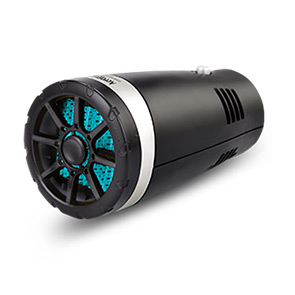gear shift linkage
Understanding Gear Shift Linkage in Vehicles
Gear shift linkage is a crucial component of a vehicle's transmission system, playing an essential role in how a driver engages different gears. This mechanism connects the gear lever inside the cabin to the transmission, allowing for smooth transitions between gears as the driver accelerates or decelerates. To fully appreciate the significance of gear shift linkage, it's important to understand its types, functions, and potential issues.
Types of Gear Shift Linkage
There are primarily two types of gear shift linkages mechanical and electronic. Mechanical linkages, commonly found in older vehicles, utilize a system of rods, levers, and cables. These components physically connect the gear shifter to the transmission. On the other hand, electronic linkages are increasingly popular in modern vehicles. They use sensors and actuators to control gear selection, offering more precise operation and the potential for automated systems.
Functions of Gear Shift Linkage
The primary function of gear shift linkage is to facilitate the driver’s intention to change gears. When a driver moves the gear lever, the linkage translates this movement into corresponding actions within the transmission. This allows the driver to select the desired gear, whether it's for accelerating, cruising, or climbing a hill. Besides, effective gear shift linkage ensures that the gears engage and disengage smoothly, contributing to better vehicle performance and driving comfort.
gear shift linkage

Additionally, proper gear shift linkage is vital for safety. If the linkage malfunctions, it can lead to difficulty in shifting gears or an unexpected gear change. This could create dangerous situations, especially in high-speed driving or during complex maneuvers. Regular maintenance checks can help prevent such issues and ensure the system operates optimally.
Common Issues and Solutions
Over time, gear shift linkages can experience wear and tear due to continuous use and exposure to engine heat and vibrations. Common problems include loose connections, worn-out cables, or misalignment of the linkage components. Symptoms of these issues may include difficulty shifting gears, unusual noises during gear changes, or a detached gear lever.
To address these problems, vehicle owners should consider regular inspections and maintenance by qualified technicians. They can identify any signs of wear and replace defective parts promptly. Furthermore, ensuring that the linkage is properly lubricated can enhance its performance and extend its lifespan.
Conclusion
In conclusion, gear shift linkage is a vital yet often overlooked aspect of vehicle operation. Understanding its types, functions, and potential issues can help drivers appreciate its importance in providing a smooth and safe driving experience. Regular maintenance of the gear shift linkage is essential to prevent mechanical failures and ensure seamless gear transitions, ultimately enhancing the overall reliability of the vehicle.
-
Upgrade Your Vehicle with High-Quality Handbrake CablesNewsNov.01,2024
-
Optimize Your Bike's Performance with Quality CablesNewsNov.01,2024
-
Enhance Your Vehicle's Performance with Quality Clutch ComponentsNewsNov.01,2024
-
Elevate Your Vehicle's Performance with Quality Throttle CablesNewsNov.01,2024
-
Elevate Your Vehicle's Performance with Quality CablesNewsNov.01,2024
-
Affordable Solutions for Your Cable NeedsNewsNov.01,2024
